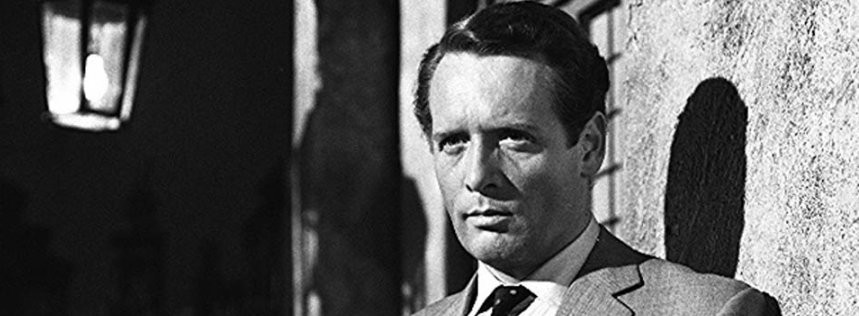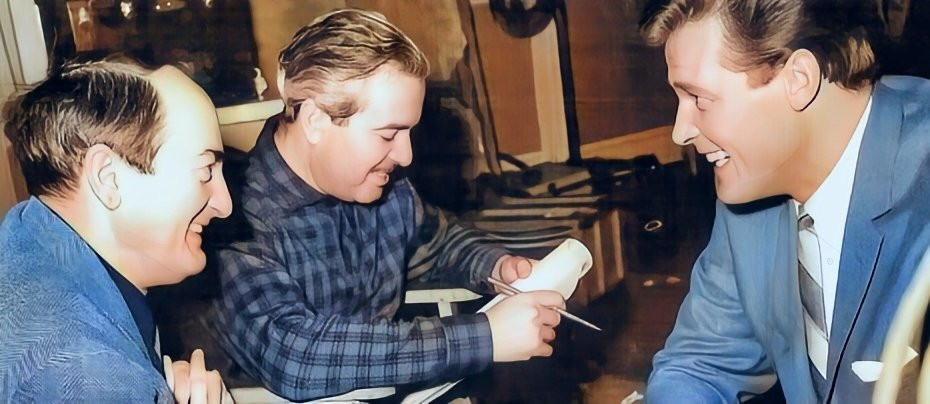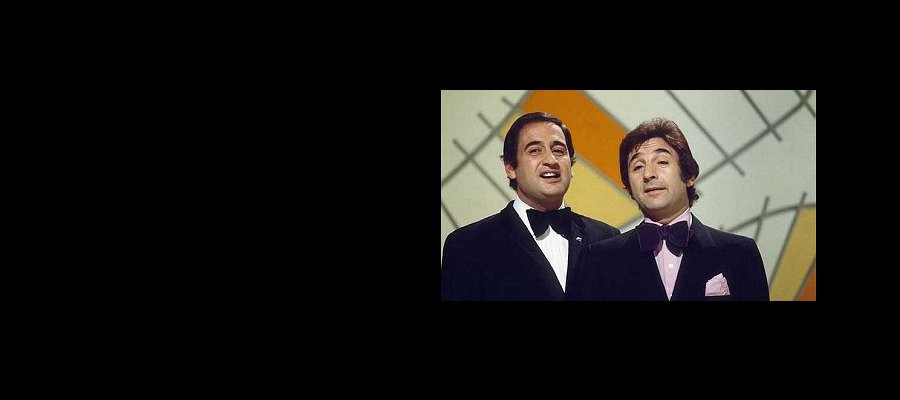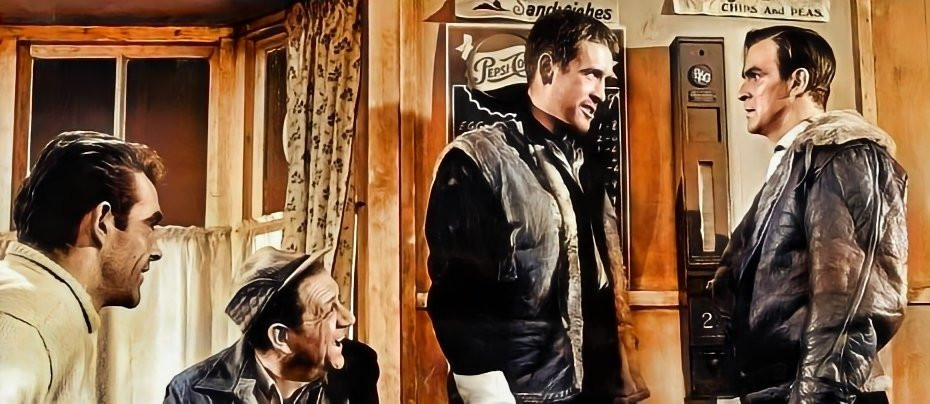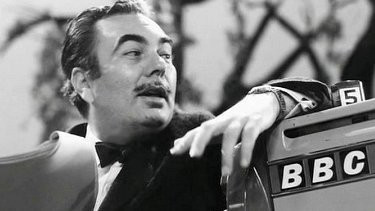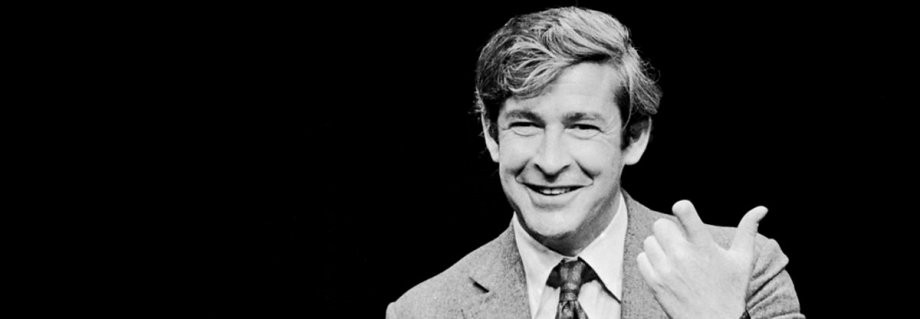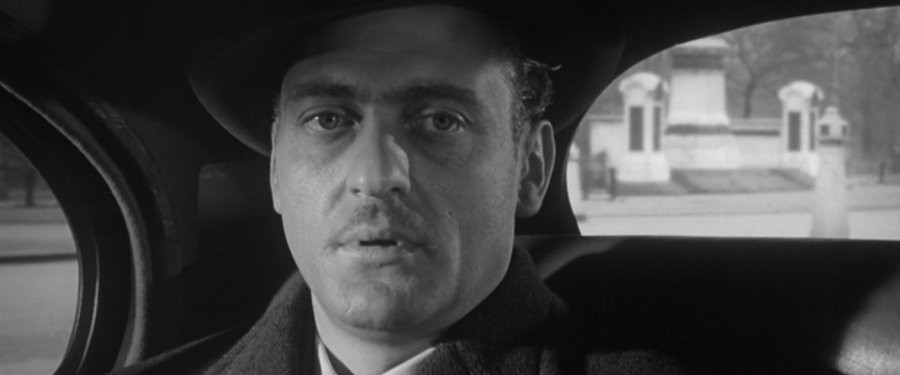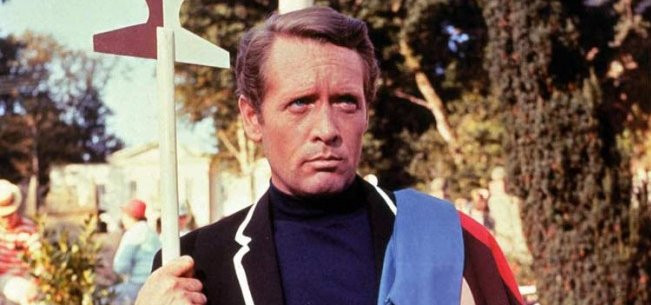
Patrick McGoohan
Patrick McGoohan was one of the best-known faces on television throughout the 1960's due to his work on two phenomenally successful TV series'. With Danger Man enjoying a new lease of life on DVD, and The Prisoner seemingly never out of fashion. We decided to look back on the career of this star, who, whilst constantly being in the international spotlight -managed to keep his private life out of public view.
Patrick Joseph McGoohan was born on March 19th, 1928 in Astoria, Long Island, New York. His father, Thomas McGoohan, an Irish farmer had married Rose Fitzpatrick in the 1920's and they emigrated to the United States of America to look for work. However, things didn't work out in the US and the family moved back to Ireland and finally, seven years later, they settled in Sheffield, England. Patrick was not a particularly strong boy and suffered a number of health problems during his childhood, mostly as a direct result of acute bronchial asthma. He left school in 1944, and although he had brief ambitions of becoming a Roman Catholic Priest, he joined the wire mills of the British Rope Company in Sheffield. The managing director told him there would be an executive post open to him at the end of three years if he were willing to work his way through the various departments. At the time he was appalled at the idea of a steady job of this kind. Following his resignation he went to work for a bank and eventually became the manager of a small sub-branch, but he then quit that job to work as a chicken-farmer. Whilst working on the farm he become seriously ill and was out of work for six months. When he was well again he took on a couple of temporary office jobs, and then one day in 1947 Patrick walked into the Sheffield Repertory Company and asked for a job. He spent four years at Sheffield Rep, learning the basics of his new profession, and became a leading player with the company. He also met his future wife, Joan Drummond, during his time there and the couple were married in 1951. Shortly afterwards Patrick left Sheffield in order to widen his experience. In 1955 he made his West End debut in Serious Charge.
This was the same year that Independent Television began in the UK and there were many opportunities opening up in television. Patrick played a number of small roles, although none more significant than the part of Sir Gavin in an episode of The Adventures of Sir Lancelot. For although it wasn't a big part it was here that Patrick met a writer-director by the name of Ralph Smart, who would eventually devise the series that made Pat an international star. The year before Danger Man started, the British Guild of Television Producers and Directors nominated Patrick as Best Actor of the Year for his performance in Brand and also as the Best Television Actor of the Year for his role in The Greatest Man in the World. When he announced that he was going into a television series there were many who were surprised by his decision. "I didn't understand why they were surprised at that time," he said. "I suppose in those days it was thought bad of an actor to dessert films for television. But it didn't worry me at all, even though to start with the Drake role meant I would be tied down for a year. I looked upon it as being just another job. Mind you, I was frightened at first." Asked why, he replied, "Well, it might have turned out to be terrible and trashy -and this always worries me. But it wasn't. I must say I enjoyed every minute of it."
It's a well-known fact that before accepting the role, Pat insisted on making changes to the character of Drake from the original concept. "I didn't like the way the man came over when I started to read the scripts," he said. "He was painted as a rough, tough, sexy guy, who hit below the belt in fights, was always using a gun and making passes at pretty girls. I didn't like this conception of Drake. I wanted to change him, and I had to fight in getting my own way, but other people saw Drake as I did and so the change was made. Personally I hate violence. If Drake fights, then he has to fight clean. He will only use a gun in a desperate situation. As for women -well, I didn't want Drake to get too involved. He was a man who had to have complete freedom -freedom from any domestic situations."
Patrick left the role of agent John Drake behind in 1961 in order to pursue other screen and stage roles and continued to work on a regular basis appearing in a 1962 TV production called The Prisoner. However, in 1964, with James Bond now a big box-office draw at the cinema's (a role which Patrick had turned down), it was decided to bring John Drake back to the small screen for a series of one-hour shows which would be sold to the US under the title of Secret Agent. Interviewed at the time, Patrick was ruthlessly honest about his work. "I've made many films but most of them have been rubbish. I've rarely liked anything I've done, apart from my work as John Drake and two films I made for Walt Disney, Dr Syn and The Three Lives of Thomasina."
In spite of his success he remained an intensely private person who disliked questions about his private life. "I do not go along with the theory that once you become an actor you become public property in that you have to answer every question that is asked. Like everyone else, I am entitled to a private life of my own and if I want to keep it apart from my professional career then I will do so. I don't mind talking about my work if anyone asks me about it, but personal questions are out as far as I'm concerned."
By the time the third series of Danger Man went into production Pat was reputedly the highest paid actor on British television, earning around £2,000 a week. But by now he was tiring of Danger Man and found the character was becoming too limited. "We had some excellent directors and some very good scripts, but then it started, as all series do of that nature, to get stale." Although he gave notice that he would no longer be continuing as John Drake he was still tied to his ATV contract for some months yet and the company also had an option on his services after the agreement expired. He decided to approach Lew Grade, then head of ATV, with an idea for a new series that he had so much confidence in that he was willing to put both himself and the entire Danger Man production unit out of work.
According to Pat he arrived at 6.30am on one Saturday morning at Grade's office with some notes on the intended project, designs and a plot synopsis, ready to bash out a deal. "I always saw Mr Grade between six and six-thirty. He used to get to the office by 6.00am and I have always been an early riser, so it was a good time to meet. Any business we had to discuss didn't take long because (that was the wonderful thing about him) you got a decision very quickly." As Pat began pitching the idea he put his prepared documents on Grade's desk, but the ATV chief simply looked at them and said, "You know I don't like to read such things -tell me about it." So Pat continued with his patter for around 15 minutes until Grade finally replied, "When can you start, How much will it cost, When can you deliver?" Fortunately Pat had all the answers and the entire Danger Man production crew was waiting to start work on the new series immediately. "So he gave me the green light there and then. We shook hands, we never had a contract, and I went ahead and did it. He never bothered me, gave me everything I wanted, crazy or not. That's the sort of man Lew Grade was."
The Prisoner was allocated a budget of £75,000 per episode, the largest ever assigned to a TV series. Everyman Films, a subsidiary of ATV formed in August 1960 by McGoohan and some of his colleagues, under the original name of Keystone Films, was chosen to produce the series, with Pat as Executive Producer, David Tomblin as Producer and George Markstein as Story Editor. The series got off to a good start, telling the story of a secret agent who, having resigned from his post, is kidnapped by persons unknown and taken to a village where his captors attempt to interrogate him as to why he resigned in the first place. The un-named agent, known only by his designated number, six, refuses to cooperate and is held prisoner, whilst his kidnappers find ways to break him down. However, by all accounts (and there have been many different versions) the production was not always a happy and trouble free one, and after McGoohan took some weeks off to star in the 1967 film, Ice Station Zebra with Rock Hudson and Ernest Borgnine, he returned to find that Markstein had left the production.
With thirteen episodes in the can McGoohan now took almost complete control of the project. But there was more bad news to come. Anxious ITC executives were beginning to show concern that the series was already way over budget and they also noted that the star was beginning to look tired and drawn. "I worked my way through three nervous breakdowns. First the doctor ordered three weeks off, the last time he ordered three months. There was only one answer -to keep on working. You can't let up when you're in charge." Indeed, Pat's schedule was particularly gruelling as David Tomblin recalled years later, "When you're making a television series you reckon to get through 15 to 20 set-ups a day. Pat often averaged 33 a day, and in one two-day spell achieved 104!" The ITC executives reported back to their boss who then took the decision to end the series way before the planned 26 episodes. There would be just four more. With the hastily written finale Pat knew that there would be a reaction from fans of the series, and so after production finished on the last episode and before it was broadcast, he took his family to Switzerland for a vacation. He was already committed to a movie with Alan Alda (The Moonshine War) but following this he took two years off before returning to direct the musical Catch My Soul starring Richie Havens in a role that was originally offered to Jim Morrison.
After appearing in the 1971 movie Mary, Queen of Scots, Pat didn't appear in front of the cameras again until 1974 when he turned up in an episode of the US detective series, Columbo, a part that won him an Emmy Award. In 1976 he appeared in the highly successful comedy film Silver Streak, alongside Gene Wilder and Richard Pryor and he starred in a new TV series, Rafferty, which did not meet with the same success as his previous TV outings. There were a number of film roles throughout the 1980's and then in 1990 Pat made another appearance in a Columbo TV movie, and this led to his second Emmy Award. He has also directed several episodes of the series. In 1995 Pat appeared in the Oscar winning movie Braveheart, appearing as the evil King Edward Longshanks. As the new millennium dawned it was announced that The Prisoner was to be transferred to the big screen, and although at the time of originally writing this biography it had been reported that a scriptwriter and production crew had been appointed, and with Patrick McGoohan named, once again, as Executive Producer, five years later the project seems no closer to realisation. A new TV adaptation is due for release in 2009. But it will not involve the man most closely associated with it. McGoohan died on 13 January 2009 at St. John's Health Center in Santa Monica, California, following a brief illness. He was 80.
McGoohan was a mercurial and truly innovative creative personality with a clearly defined strength of character which was apparent in every aspect of his long and varied career. Both as private individual and public performer Patrick McGoohan made a lasting and indelible mark on the high profile world of episodic television in particular.
Through a firebrand combination of daring and single-minded creative vision, and a genuinely volatile and powerful screen presence, McGoohan almost effortlessly marked himself out as one of the most dynamically defining icons of the 'Golden Age' of sixties television.
Published on February 20th, 2019. Written by Laurence Marcus & SRH (2003) for Television Heaven.



